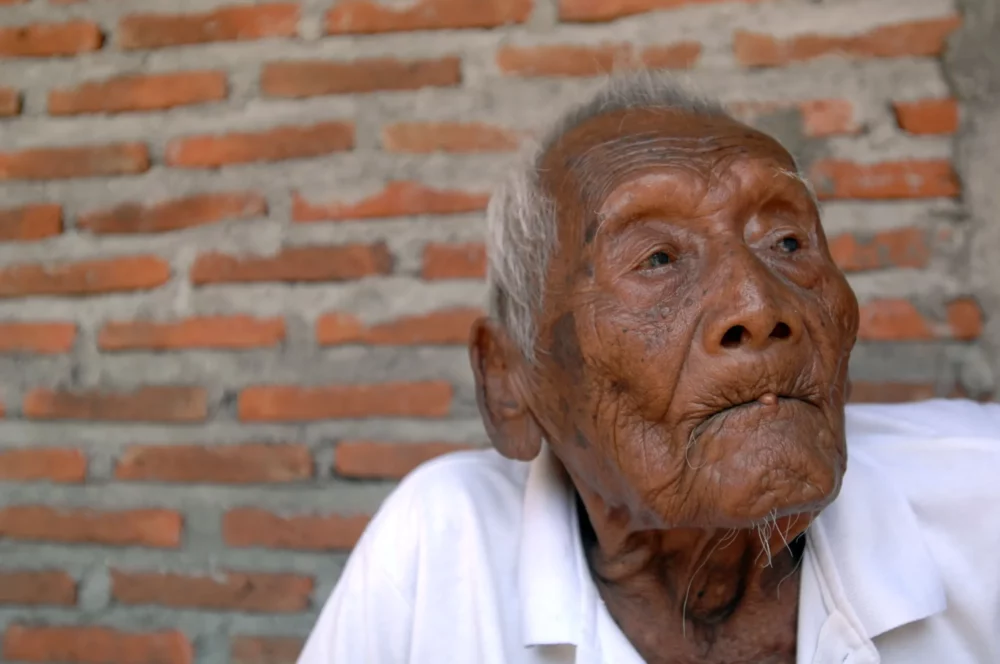Humans have been searching for the secret to a long life for centuries. Unfortunately, there’s no magic elixir or fountain of youth. Longevity is usually a result of some mix of genetics, societal structure, life choices, and chance. The supercentenarians who live beyond 110 years can tell us a lot about living a long, fulfilling life. These are the Guinness record-holders for longevity and what we can learn from them.

The Secret to Long Life, According to the Longest Living People
What is the key to longevity? If you were to ask the world’s oldest people that question, you’re guaranteed to get a wide range of answers. Being a woman helps. The 21 longest-living people in history are all women. Some supercentenarians will tell you that eating right, getting plenty of sleep, and avoiding alcohol is the key to long life. Others will say eating the foods you love and having fun make life worth living. Long-lived parents say their children (grandchildren and great-grandchildren) keep them young. Childless people say the opposite. Many credit faith, family, and hard work with their longevity. Several of the longest-living women recommend not stressing too much. One thing seems to be constant: a positive attitude and a sense of humor never hurt when it comes to long life.
